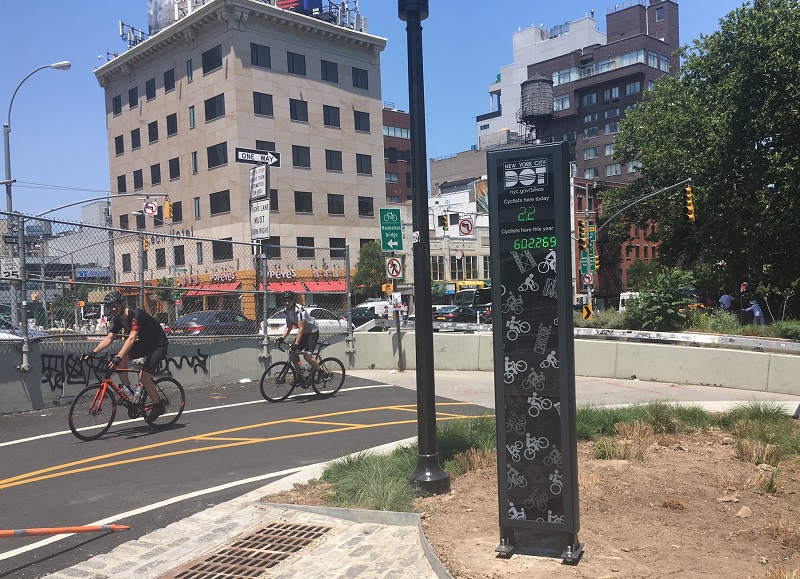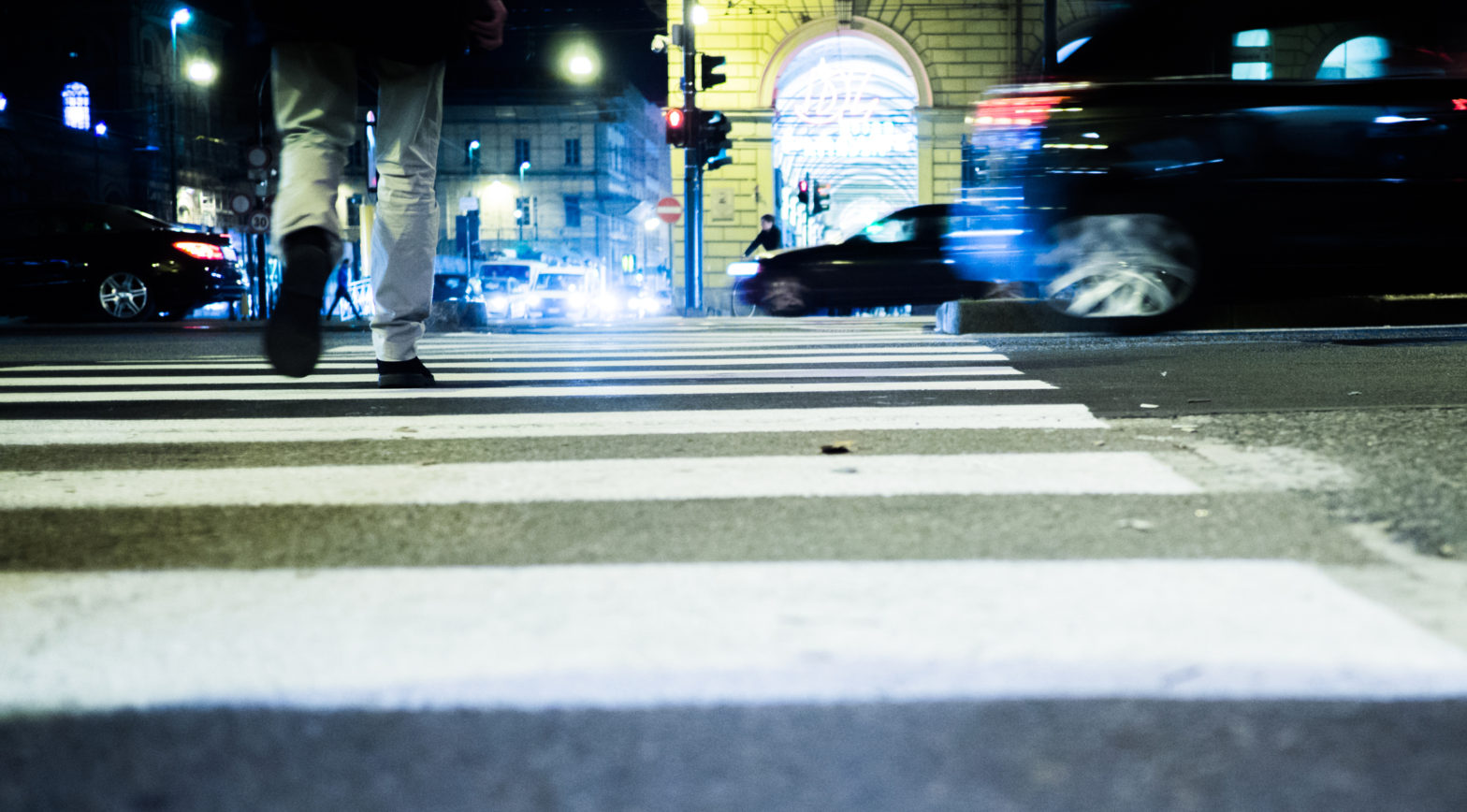
Photo: NYC-Bike-counter
New York gears up for IoT growth with new strategy
09 March 2021
by Sarah Wray
New York City has launched an Internet of Things (IoT) strategy covering governance, privacy, security, equity, sustainability and public engagement.
“The 2020s will be a critical decade for the billions of internet-connected devices commonly known as the Internet of Things,” said New York City Chief Technology Officer John Paul Farmer.

He said that while society is poised to unlock many benefits from IoT: “It is in this decade, too, that the rules of the road will be set, which is why now is the right time for us to face hard questions about the data economy, data poverty, digital rights, and potential deleterious uses of IoT. This strategy provides a critical blueprint for how New York City can lead the way in striking the right balance for smart use of IoT.”
IDC predicts that by 2025 there will be 55.7 billion connected devices worldwide.
New York City has used IoT to monitor air quality, temperature and weather data; analyse traffic patterns and count cyclists; track city-owned vehicles; assess energy usage; maintain water mains, and more.
It sees growing opportunities for IoT to support planning, streamline operations, reduce costs, increase resiliency, improve sustainability, and respond to community needs. As well as being used in smart city infrastructure, IoT is increasingly part of citizens’ and businesses’ daily lives, from consumer wearables and smart home products to industrial and agricultural applications.
“The New York City Internet of Things Strategy makes a profound contribution to understanding the potential benefits and pitfalls of these emerging technologies,” said Deputy Mayor for Operations Laura Anglin. “The NYC IoT Strategy will serve as a roadmap for how to harness the positive aspects of IoT while providing thoughtful guardrails to ensure against negative applications.”
Next steps
The strategy outlines key actions the city will take over the next two years to promote a “healthy IoT ecosystem” in New York.
Fostering innovation will include launching a rapid IoT data collection programme, developing a municipal testbed and continuous pilot programme framework for it, and issuing challenges to test new technologies.
To promote data-sharing and transparency, New York will establish the scope and resources for a citywide IoT data dashboard and launch a ‘Smart City Catalog’ to publicly share information about city projects.
New policies and processes will be developed to improve IoT governance. This will see the launch of a collaborative smart city group and a a bi-annual IoT Forum for city agencies, as well as an internal city consultancy on IoT matters. Steps to streamline projects will include co-ordination of wireless IoT communications network deployments, a citywide IoT device inventory, and a standardised device review process.
The city’s Chief Privacy Officer will play a key role in implementing standards, policies and procedures for city IoT deployments.
To derive value from cross-sector partnerships, NYC will establish an online channel for expressions of interest in IoT collaboration.
To ensure residents are not left behind, the city plans to conduct research to better understand the need for IoT skills among local employers and work with city digital literacy and workforce training providers to coordinate IoT-related training. It has pledged to establish an annual forum for industry and community partners on IoT usage.
The IoT strategy follows fast on the heels of New York’s request for proposals (RFP) to expand broadband infrastructure and close the digital divide. Mayor Bill de Blasio has committed US$157 million (£113 million) in capital investment for the programme and will make up to 100,000 city-owned assets available.
Image: NYC DOT








